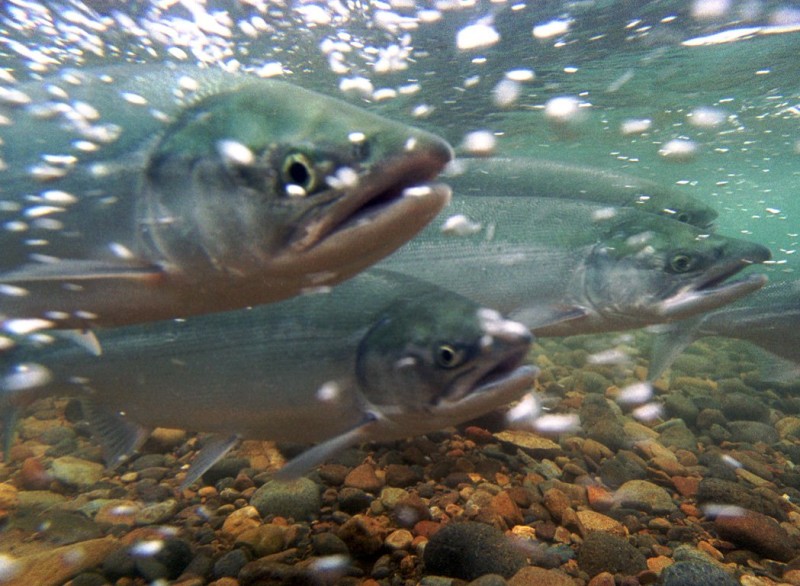Alaska’s ironic commercial salmon fishing business appears to be inching ever closer to a replay of the great crash of 2020.
The catch that year slumped to 116.8 million fish, and fishery scientists a year later reported that the decline in salmon numbers from the banner harvest the year before appeared to mark the greatest drop in salmon productivity in human history.
This is ironic in that the philosophy behind modern fish and wildlife management is that humans can moderate the wild swings in production common in nature to increase annual productivity and stabilize the economics of harvest.
As the late marine biologist Martin David Burkenroad put it in 1953 in the Theory and Practice of Marine Fishery Management, “public management of fisheries aims toward stabilization, with equitably distributed benefits for all.”
Alaska salmon managers have, however, managed to increasingly destabilize production with harvests now swinging wildly between even-number and odd-numbered years. This year’s collapse should come as no surprise to them although it looks like its going to be way bigger than the forecast drop to 135.7 million after a 2023 season that saw catch of 232.4 million.







